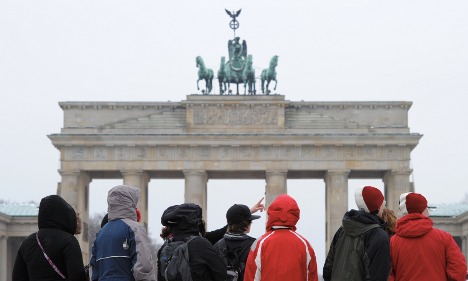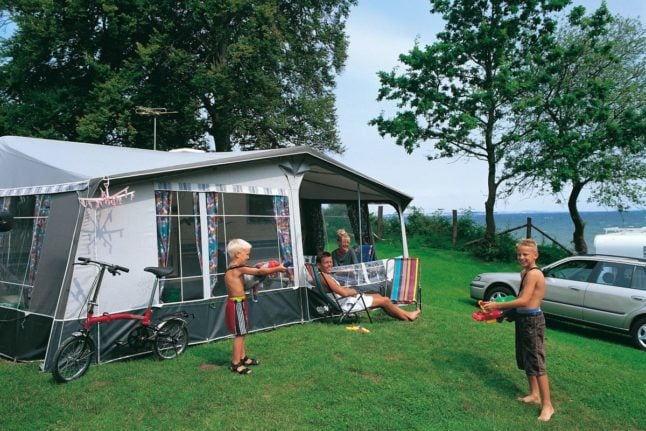Former Sandemans tour guide for the company’s “New Berlin Tours” Michael Dempsey told broadcaster ZDF’s investigative journalism show “Frontal21” this week that employees were forced to pay out of their own pocket for each customer on their supposedly free tours.
“My colleagues and I worked only for tips,” Dempsey told the show. “And I had to pay for the tour as the guide.”
For every guest on the tour, guides are forced to deduct €3 of their potential earnings from tips.
The rule at the company, which operates tours across Europe, holds even for days when guides don’t earn enough to cover the fee, Frontal21 confirmed with one of their hiring agents via undercover interview.
And while guides are allowed to tell tourists that they work only for tips, they are forbidden from telling their guests that they are actually paying to give their tours. Employees also receive no social benefits or vacation time, as they must work as freelancers.
“In reality the employer must pay an hourly rate and the worker should be able to keep the tips he earns,” Professor for employment law at the University of Münster Peter Schüren told the show, explaining that the company’s current practice is a gross violation of the law.
Frontal21 attempted to contact company head Cristopher Sandeman, an heir to the Sherry dynasty of the same name, but he refused to comment on the charges.




 Please whitelist us to continue reading.
Please whitelist us to continue reading.
Member comments